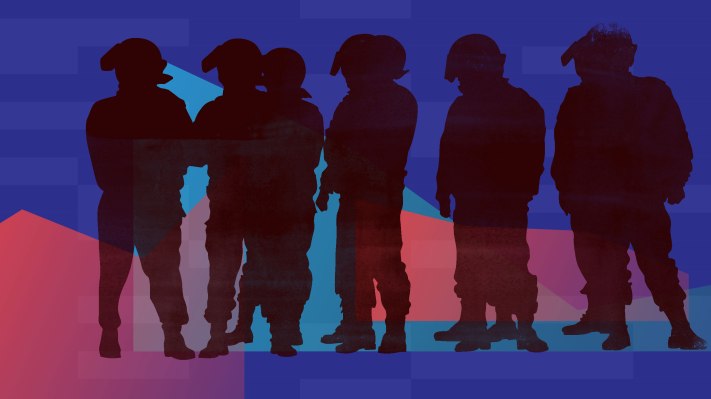Criminal justice reform at the federal level is kind of up in the air, but local jurisdictions around the country are continuing to step up to ensure that we move in the right direction. And local and state levels are where criminal justice policies and procedures matter the most, with local and state officials in charge of more than 90% of the prison and jail populations. Through the MacArthur Foundation’s $100 million Safety and Justice Challenge, twenty local jurisdictions in the U.S. today are unveiling their initiatives to tackle criminal justice reform.
“The community is where most people experience the criminal justice system and the use and misuse and overuse of jails and over-reliance of incarceration really begins at the local level,”Laurie Garduque, director for justice reform at the MacArthur Foundation, told me.
At each stage of the criminal justice system, Garduque said, there are opportunities to create a more fair and just way of operating. That’s why the Foundation challenged local jurisdictions to come up with ways to reduce incarceration and rethink the way it looks at and uses jails. Many of the solutions, unsurprisingly, harnessed technology to tackle the issue.
In San Francisco, for example, the city and county is developing a web-based dashboard for the justice system to identify, isolate and reduce racial disparities and discrimination in the system. The project is on a 15-month timeline.
“What we’re hoping to do is create an ecosystem where we can have a better understanding of what are the causes of recidivism within our county and then try to develop a database of solutions to those problems,” San Francisco District Attorney George Gascón told me.
The Safety and Justice Challenge’s Innovation Fund was first announced as part of the Obama administration’s Data-Driven Justice Initiative, which aimed to use data-driven solutions to end the cycle of incarceration. The Trump administration hasn’t said much about criminal justice, other than that the country “needs more law enforcement, more community engagement, and more effective policing,” according to a statement on the White House’s website. Although the federal government has little control over local and state level criminal justice systems, cutting off funding to certain cities can have an impact.
“It’s really unclear what the president is going to do at the end of the day,” Gascon said. “But there are some very pointed concerns having to do with, number one, he’s recently signed an executive order on Sanctuary Cities. Obviously as a city we’re standing strong and united to protect our Sanctuary City but the bi-product of the executive order could be that we lose funding, especially when it comes to grants that this office has benefited greatly under President Obama’s administration for innovation and for social justice projects within the office. It’s hard to assess at this point what is actually going to happened, but we’re very concerned.”
Over in Campbell County, Tennessee, the jurisdiction is working on a gender-responsive risk and needs assessment tool to help low-income mothers facing incarceration stay out of the criminal justice system. In Santa Clara, local officials are developing a site and mobile app to offer information to detainees and the public about pre-trial release options, requirements and how obtain criminal defense services. And in Allegheny County, Pennsylvania, they’re working on a dashboard to provide real-time data about elements in the criminal justice system that impact the jail population.
“A lot of this is about getting data and real time information to make decisions but with the appropriate safeguards around privacy and confidentiality,” Garduque said.
It’s also about collecting this data, analyzing it, and making it comprehendible and useful to key decision-makers.
“In many respects,” Garduque said, “this is being more deliberate and systematic and thinking about when the criminal justice system should come into play and treating everyone with dignity and respect.”
